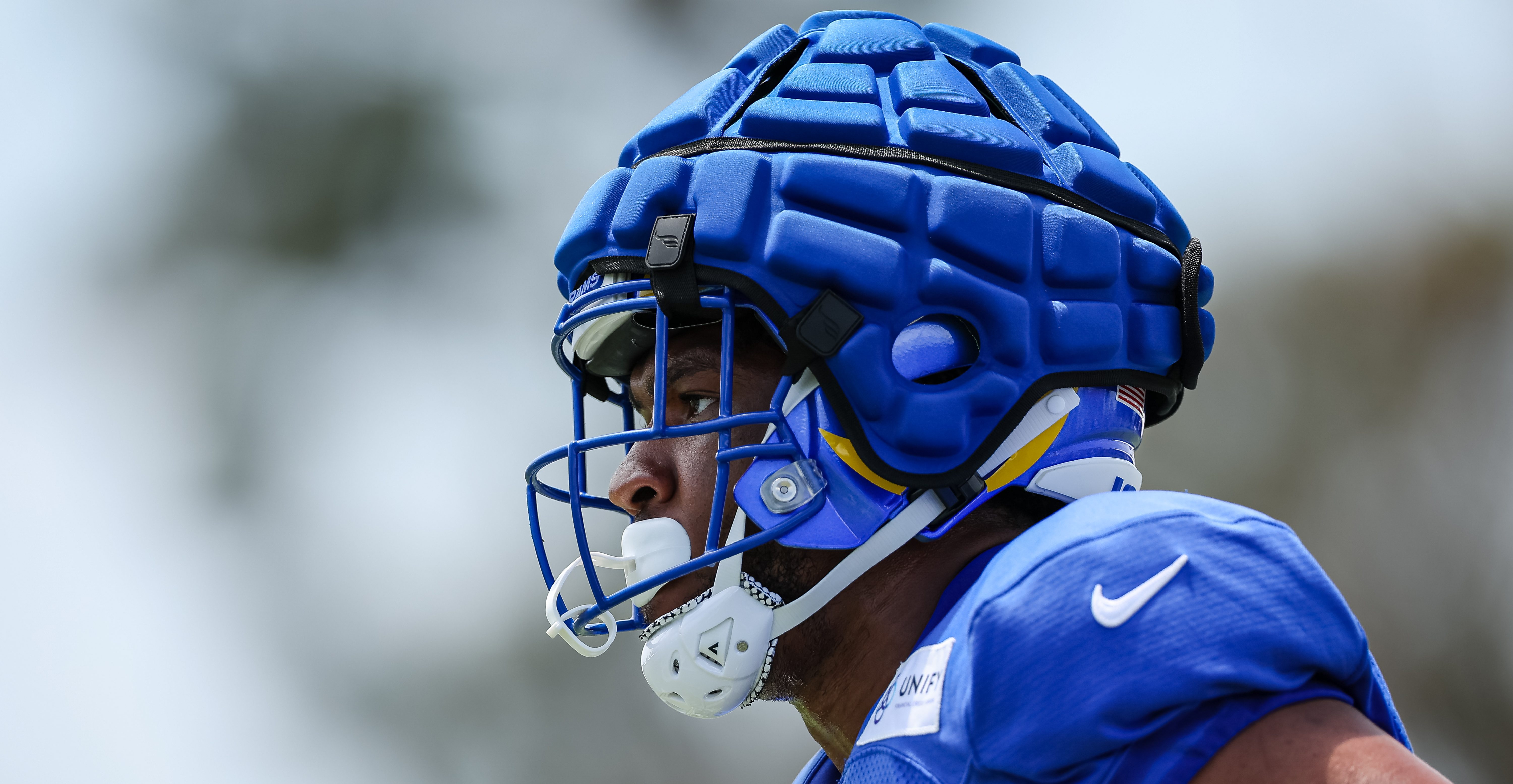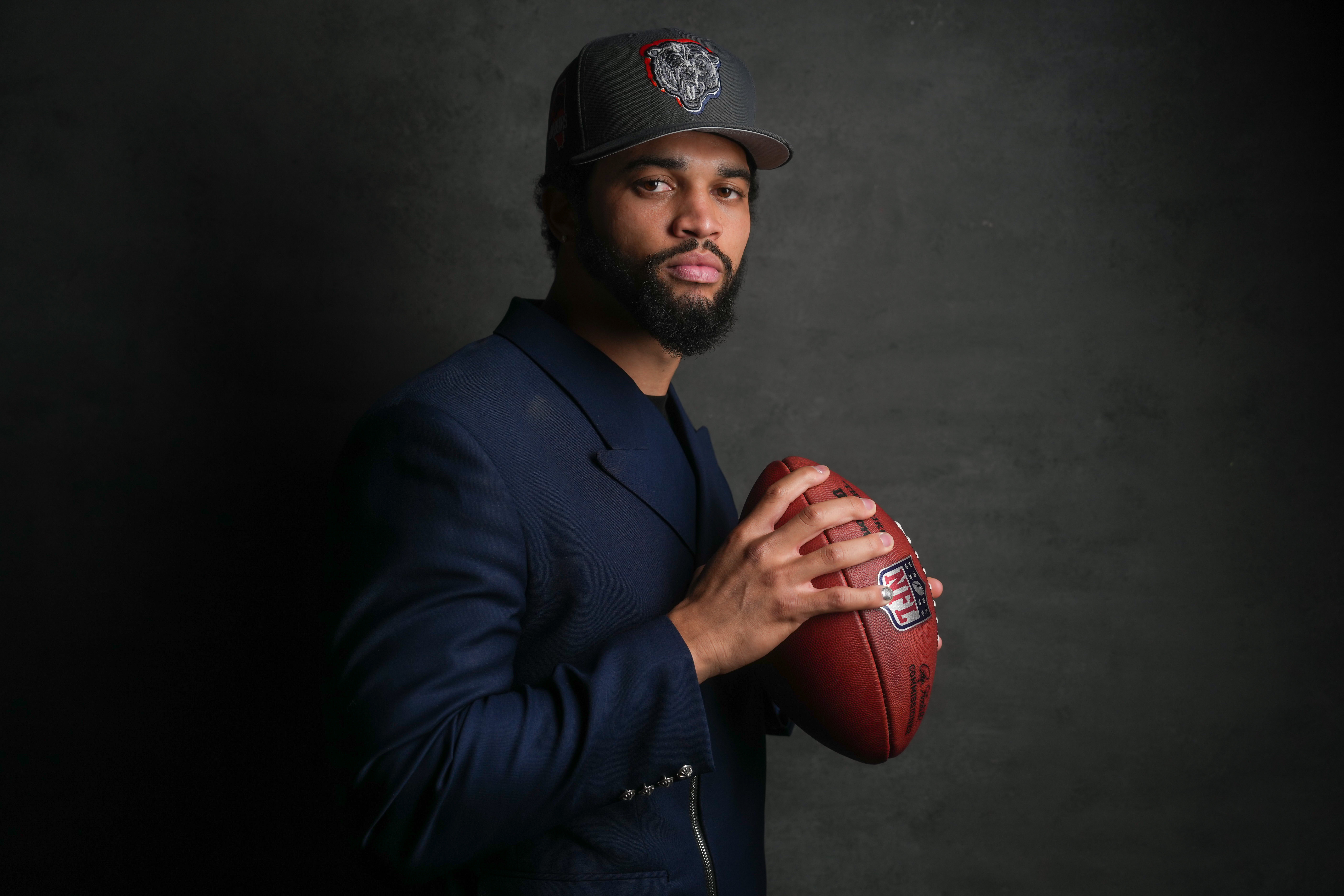
Tuesday, Jan. 18, 2011Posted: 10:30 PM
By John Mullin
CSNChicago.com
The defenses of the Bears and Green Bay Packers fall at opposite ends of the schematic spectrum. Where they also fall, however, is at near the top of NFL defenses this season, which is why their teams are one game from a Super Bowl.
But which one rates an advantage?
In its special three-part look at the pivotal areas of Sundays NFC Championship game, CSNChicago.com has determined that the advantage at quarterback, Jay Cutler vs. Aaron Rodgers, lies with the Packers. Matt Forte with his 1,000 rushing and 500 receiving yards, the only Bear other than Walter Payton to accomplish that feat, tilts the running back position to the Bears.
Read: Bears-Packers Matchups Part II: Running Backs
But defenses win championships.
NFL
Smith and coordinator Rod Marinelli are devout practitioners of a Cover-2 scheme with its roots deep in the 4-3 front, pressure from the front four with limited blitzing, and zone coverages that allow defensive backs to keep an eye on quarterbacks.
Smith has held firmly to his system in the face of doubters, with good cause. No system succeeds with problems on the defensive line, and the addition of Julius Peppers along with the emergence of Israel Idonije have given the scheme the firepower it had in its elite years with Marinelli at Tampa Bay and with Smith in the 2005-06 seasons in Chicago.
One of the biggest changes made by Mike McCarthy was to hire an entire new defensive staff going into the 2009 season. The keystone is coordinator Dom Capers and his 3-4 system, with assistants like former rush linebacker Kevin Greene.
They can put a lot of pressure on you to make plays, said coach Lovie Smith. Well expect a lot of blitzes, but we know each other well.
The result of the Capers arrival was a more aggressive unit that moved from No. 20 in yardage defense to No. 2, with a run defense that ranked No. 1 allowing 83.3 yards per game, a franchise record.
Surprisingly perhaps, that area declined in this, the Packers second year in the scheme.
Common opponents
Statistical comparisons are reasonably simple. The Bears and Packers played virtually the same schedule, with the notable exception of each others offenses, and the Bears facing Carolina and Seattle while Green Bay drew Atlanta and San Francisco from the other NFC divisions.
Both faced the teams of the AFC and NFC Easts and division opponents Detroit and Minnesota twice each.
In the key rankings:
Green Bay Chicago
Pts.game 2nd (15) 4th (18)
Yardage 5th (309) 9th (314)
Pass ydg. 5th (194) 20th (224)
Rush ydg. 18th (115) 2nd (90)
Takeaways 6th (32) T-3rd (35)
Interceptions 2nd (24) T-5th (21)
Matchups within the matchups
The Bears play the run better than the pass. But the Packers of Aaron Rodgers arent a running team, dont even pretend to be. Green Bay ran 1,000 plays in 2010; of those, 58 percent were pass plays, not including Rodgers 64 runs. Treating those as pass-play calls, the Packers balance at roughly 36-percent run.
Put another way, the Bears greatest strength lies in a place the Packers rarely go.
Unbalanced balance
Green Bay will meet fewer offenses that have achieved better balance than what the Bears accomplished over the final nine weeks of the season, which for comparison purposes is the meaningful sample. Only the Jets among the Final Four were more run-pass balanced than the Bears.
Heres the big problem, though: Of the 10 most balanced teams over those final nine games, only New England (31) scored more than 2 touchdowns on the Packers. The Jets were shut out; the Bears scored 3 points in Game 16; Dallas scored 7; and the Giants managed 17.
Youre not going to win many games scoring three points, said tight end Greg Olsen. You see what they just did to Atlanta and the weeks prior to our game, Philadelphia and whatnot. We made some uncharacteristic mistakes as of late in the season that we werent doing.
Being balanced hasnt meant points or wins; the Packers were 4-1 over the final nine weeks against teams in the top 10 for balance.
But balance may not be the Bears best option.
WATCH: How to beat the Packers
Running to daylight
The Packers are vulnerable against the run. They were not last season but opponents topped 100 yards 10 times in 16 games this year. Matt Forte picked up 151 yards (91 rushing) in Green Bay. The Lions only scored 7 points in their second game but ran over the Packers for 190 yards and the result was a 7-3 victory.
The Dolphins ran 39 times, netted 150 yards and bagged an overtime win. If the Bears can run, and will run, they can control the clock and keep Rodgers watching.
Neither Philadelphia nor Atlanta ran well in their playoff losses to the Packers. But the 28 points that Green Bay put on the Falcons in the first half precluded running in the second, and the Eagles lofty rushing rank (No. 5) was achieved with a heavy contribution from Michael Vick. The Packers battered Vick in the pocket and allowed LeSean McCoy no run longer then 9 yards.
Conclusion:
The Bears have played as well as any team against Aaron Rodgers, holding his offense to 17 and 10 points in games this season. But Rodgers offense scored 21 in both 2009 games while the Packers have brought out the worst in Jay Cutler, holding him to three sub-75 passer ratings in four meetings and the Bears to 15, 14, 20 (with OT) and 3 points under coordinator Dom Capers.
Read: Bears-Packers Matchups Part I: Quarterbacks
Advantage: Packers
John "Moon" Mullin is CSNChicago.com's Bears Insider, and appears regularly on Bears Postgame Live and Chicago Tribune Live. Follow Moon on Twitter for up-to-the-minute Bears information.


